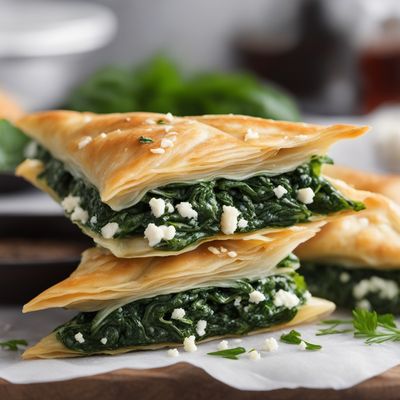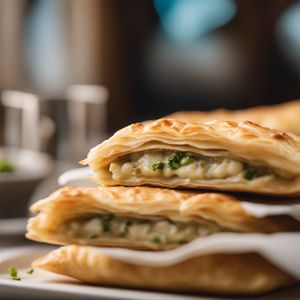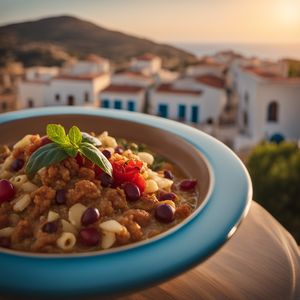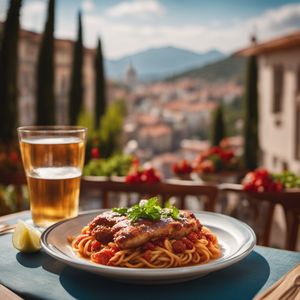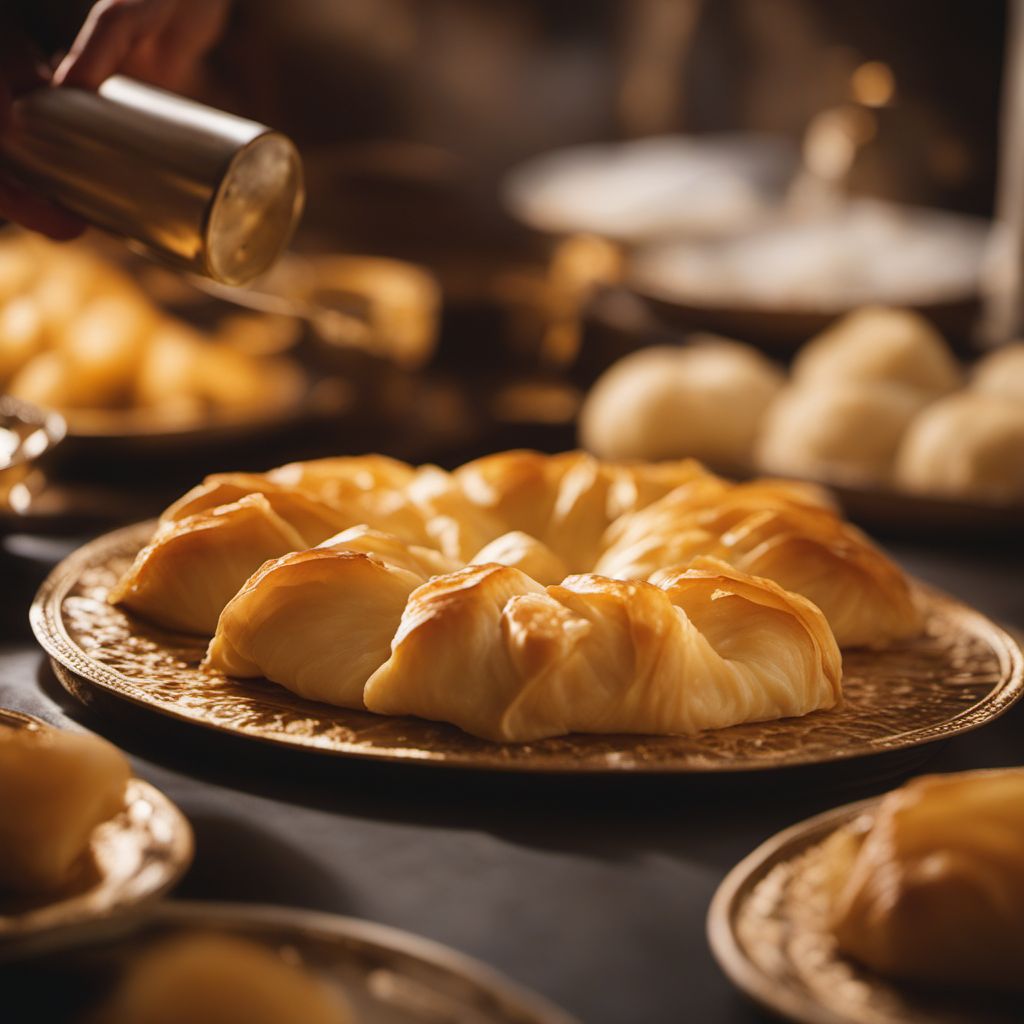
Dish
Phyllo Pastry
Phyllo pastry can be used in both sweet and savory dishes. It is commonly used in dishes such as spanakopita, baklava, and borek. The pastry is delicate and can be difficult to work with, but the end result is a light and crispy texture. Phyllo pastry is typically made with flour, water, and a small amount of oil or vinegar. It is low in fat and calories, but high in carbohydrates.
Origins and history
Phyllo pastry has been used in Mediterranean and Middle Eastern cuisine for centuries. It is believed to have originated in the Ottoman Empire and was brought to Greece during the Byzantine era. The pastry has since spread throughout the Mediterranean and Middle East and is now enjoyed worldwide.
Dietary considerations
Phyllo pastry is not suitable for those with gluten intolerance or celiac disease. It may also contain traces of nuts or other allergens depending on the recipe and filling used.
Variations
Phyllo pastry can be filled with a variety of ingredients, including spinach and feta cheese, ground meat, or sweetened nuts. It can also be used as a crust for pies and tarts.
Presentation and garnishing
Phyllo pastry can be presented in a variety of ways, including as a pie or tart, or as individual triangles or rolls. It is often garnished with herbs or spices.
Tips & Tricks
When working with phyllo pastry, it is important to keep the pastry covered with a damp cloth to prevent it from drying out. It is also important to brush each layer with butter or oil to ensure a crispy texture.
Side-dishes
Phyllo pastry is often served with a side of tzatziki sauce or a simple salad. It can also be served as a main dish with a side of rice or roasted vegetables.
Drink pairings
Phyllo pastry pairs well with a variety of drinks, including white wine, beer, and tea.
